The block.txt project, initiated by the Block Foundation, presents a revolutionary and standardized approach to sharing blockchain-related information associated with a website. By providing a structured, machine-readable format, the project opens doors for numerous applications in the ever-growing blockchain ecosystem.
As blockchain technology permeates into various sectors, the need for a standardized way to identify and share blockchain addresses on websites has become increasingly apparent. Websites involved in blockchain activities such as accepting digital payments, donations, or operating smart contracts often need to publicly declare their blockchain addresses. The block.txt project answers this call by providing a YAML-based format that outlines crucial information about a site's blockchain activities, in a way that's both human and machine-friendly.
Whether you're a blockchain explorer trying to track down an address, a wallet software that needs to integrate a site's donation address, or a user curious about the blockchain activities of a site, block.txt aims to be the go-to solution. Furthermore, the project takes into consideration important aspects such as security, privacy, and standard web protocols to ensure a safe and seamless experience.
Backed by the reputable Block Foundation and maintained by a community of open-source contributors, block.txt promises to be a significant step towards a more interconnected and accessible blockchain web. We invite you to be a part of this exciting journey.
block.txt follows the YAML syntax.
---
# block.txt
contact:
name: Your Organization Name
website: https://yourwebsite.com
email: contact@yourwebsite.com
socials:
twitter: yourTwitterHandle
linkedin: yourLinkedInProfile
github: yourGithubProfile
additionalContacts:
-
name: Additional Contact Name
role: Role in the organization
email: additionalcontact@yourwebsite.com
phone: +1-234-567-8901
emergencyContacts:
-
name: Emergency Contact Name
email: emergencycontact@yourwebsite.com
phone: +1-123-456-7890
accounts:
-
name: Main Ethereum account
description: Main Account for Ethereum Transactions
blockchain: ETH
network: Mainnet
address: 0xYourEthereumAddress
verification: https://link-to-proof-of-ownership
tags:
- donations
- main
operators:
- Operator Name
purpose: Accepting Donations
created: YYYY-MM-DD
active: true
multisig: false
security: Medium
extraNotes: Extra information about the account
archived: false
-
name: Bitcoin Donation account
description: Bitcoin Donation Account
blockchain: BTC
network: Mainnet
address: YourBitcoinAddress
verification: https://link-to-proof-of-ownership
tags:
- bitcoin
- donations
operators:
- Operator Name
purpose: Bitcoin Donations
created: YYYY-MM-DD
active: true
multisig: false
security: High
extraNotes: Extra information about the account
archived: false
-
name: Other Blockchain account
description: Description for this account
blockchain: Blockchain Name
network: Your Blockchain Network
address: YourAddressOnThisBlockchain
verification: https://link-to-proof-of-ownership
tags:
- otherBlockchainName
- payments
operators:
- Operator Name
purpose: Payments
created: YYYY-MM-DD
active: false
multisig: true
security: Low
extraNotes: Extra information about the account
archived: true
additionalInformation:
organizationProfile: https://link-to-organization-profile
projectOverview: https://link-to-project-overview
updated: YYYY-MM-DD # replace with last updated date in ISO 8601 format
Create a text file called block.txt.
Always use lower-case formatting for the filename.
Make sure that the block.txt file is UTF-8 encoded to avoid issues with special characters and multiple languages.
In principle, the block.txt file should be placed under the /.well-known/ path of your website [rfc8615]. For example:
https://example.com/.well-known/block.txtIf the /.well-known/ directory cannot be used for technical reasons, or if you want to use a fallback option, the block.txt file can also be placed in the root directory of your website. For example:
https://example.com/block.txtThe block.txt file can be placed in both locations of a website at the same time. Hence, the final directory structure for your website could look like this:
example.com/
├── index.html
├── block.txt
└── .well-known
└── block.txtPlace a reference to the file using a “help” tag to the <head> section of your website. For example:
<link type="text/plain" rel="help" href="https://example.com/block.txt"/>Embed a block.txt button to your site and link it to your block.txt file.
The block.txt file should have an Internet Media Type of text/plain.
The block.txt file must be served over HTTPS.
You can download the official block.txt logos and include them in your own online projects.
We encourage placing the logo in the footer, and don’t forget to add a link to your block.txt file!
For example:
<a href="/well-known/block.txt"><img src="/assets/image/blocktxt_logo.png"></a>For the full list of of official block.txt logos, see the table below:
| SVG | PNG | WEBP |
|---|---|---|
 |
 |
|
 |
 |
|
 |
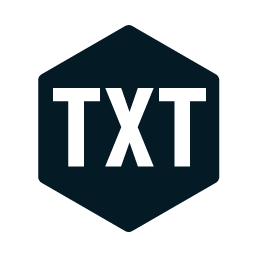 |
|
 |
 |
|
 |
 |
|
 |
 |
|
 |
 |
| SVG | PNG | WEBP |
|---|---|---|
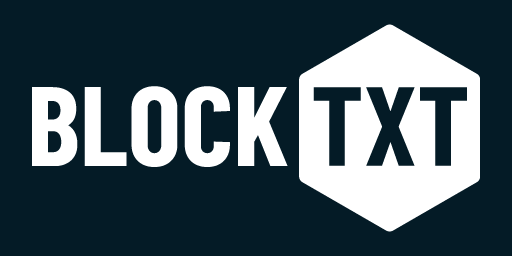 |
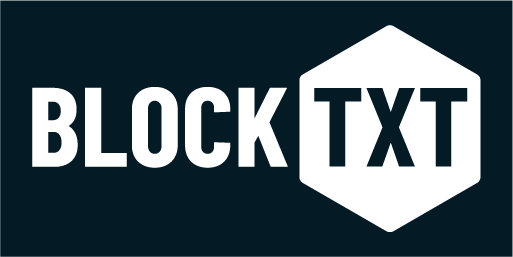 |
|
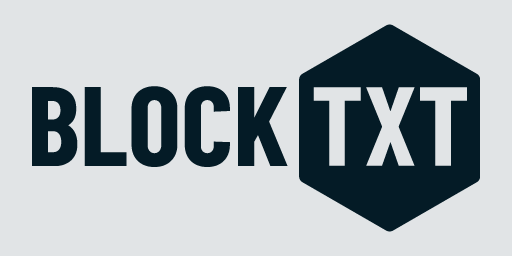 |
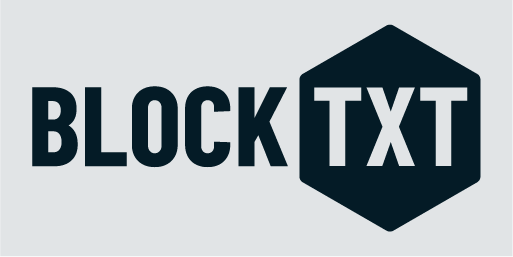 |
|
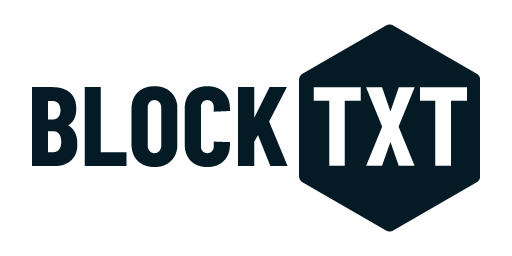 |
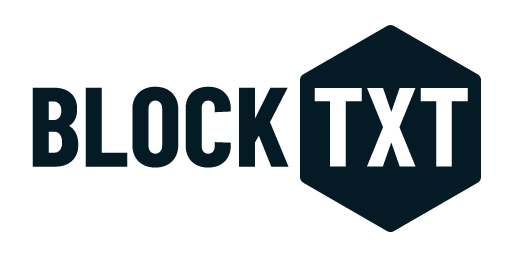 |
|
 |
 |
|
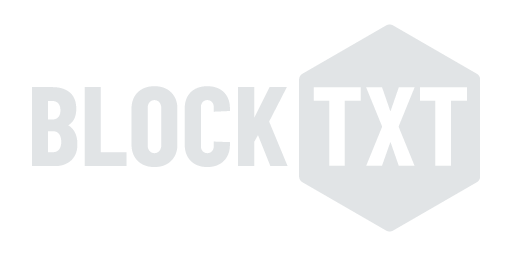 |
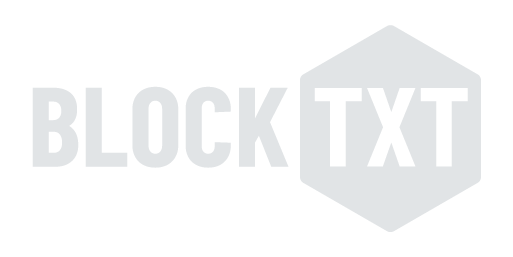 |
|
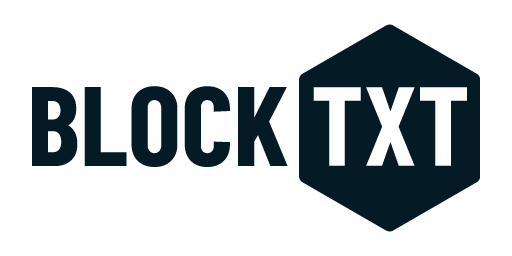 |
 |
|
 |
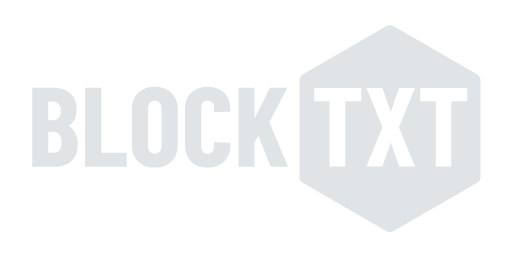 |
This is an open-source project by the Block Foundation.
The Block Foundation mission is enabling architects to take back initiative and contribute in solving the mismatch in housing through blockchain technology. Therefore the Block Foundation seeks to unschackle the traditional constraints and construct middle ground between rent and the rigidity of traditional mortgages.
website: www.blockfoundation.io
We'd love for you to contribute and to make this project even better than it is today! Please refer to the contribution guidelines for information.
Copyright © 2023 Stichting Block Foundation. All Rights Reserved.
Except as otherwise noted, the content in this repository is licensed under the Creative Commons Attribution 4.0 International (CC BY 4.0) License, and code samples are licensed under the Apache 2.0 License.
Also see LICENSE and LICENSE-CODE.
THIS SOFTWARE IS PROVIDED AS IS WITHOUT WARRANTY OF ANY KIND, EITHER EXPRESS OR IMPLIED, INCLUDING ANY IMPLIED WARRANTIES OF FITNESS FOR A PARTICULAR PURPOSE, MERCHANTABILITY, OR NON-INFRINGEMENT.








